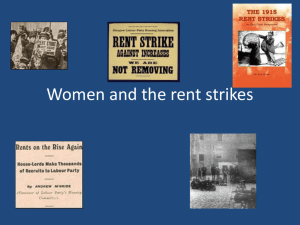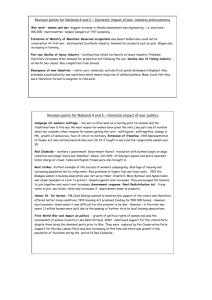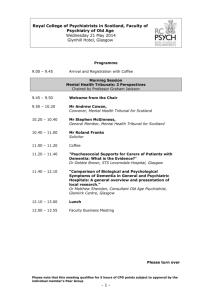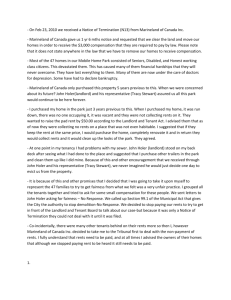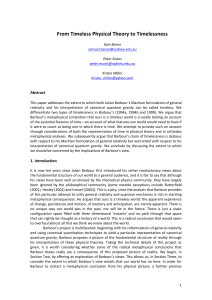File
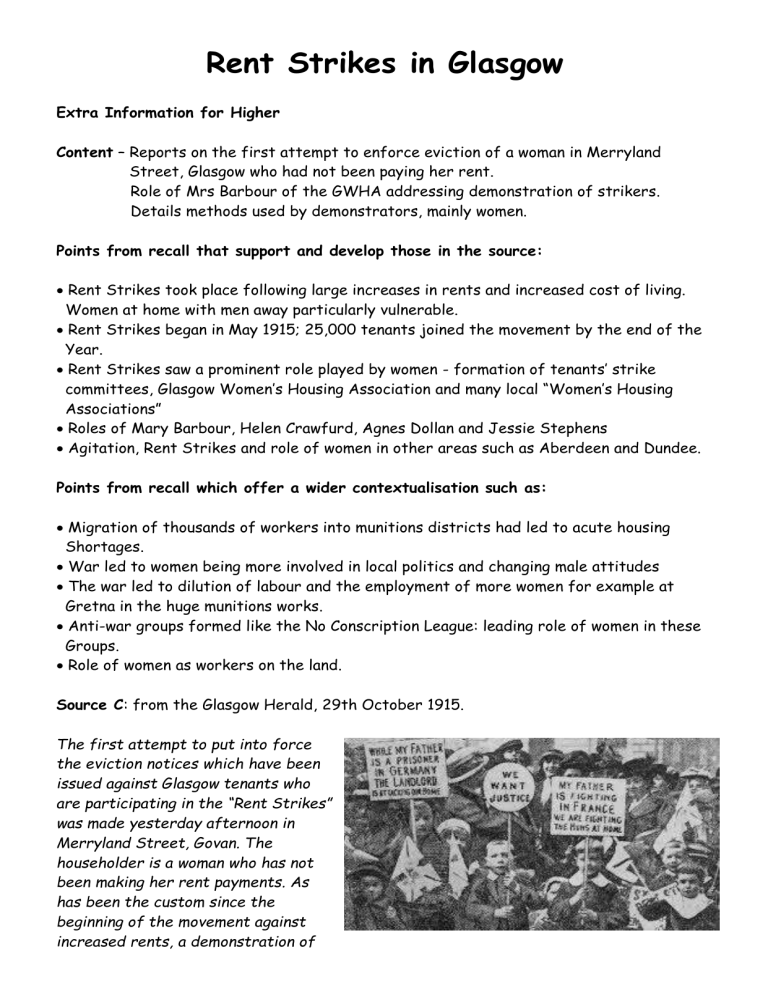
Rent Strikes in Glasgow
Extra Information for Higher
Content – Reports on the first attempt to enforce eviction of a woman in Merryland
Street, Glasgow who had not been paying her rent.
Role of Mrs Barbour of the GWHA addressing demonstration of strikers.
Details methods used by demonstrators, mainly women.
Points from recall that support and develop those in the source:
Rent Strikes took place following large increases in rents and increased cost of living.
Women at home with men away particularly vulnerable.
Rent Strikes began in May 1915; 25,000 tenants joined the movement by the end of the
Year.
Rent Strikes saw a prominent role played by women - formation of tenants’ strike committees, Glasgow Women’s Housing Association and many local “Women’s Housing
Associations”
Roles of Mary Barbour, Helen Crawfurd, Agnes Dollan and Jessie Stephens
Agitation, Rent Strikes and role of women in other areas such as Aberdeen and Dundee.
Points from recall which offer a wider contextualisation such as:
Migration of thousands of workers into munitions districts had led to acute housing
Shortages.
War led to women being more involved in local politics and changing male attitudes
The war led to dilution of labour and the employment of more women for example at
Gretna in the huge munitions works.
Anti-war groups formed like the No Conscription League: leading role of women in these
Groups.
Role of women as workers on the land.
Source C: from the Glasgow Herald, 29th October 1915.
The first attempt to put into force the eviction notices which have been issued against Glasgow tenants who are participating in the “Rent Strikes” was made yesterday afternoon in
Merryland Street, Govan. The householder is a woman who has not been making her rent payments. As has been the custom since the beginning of the movement against increased rents, a demonstration of
the “strikers” was held at the time when the eviction notice became operative. While Mrs
Barbour of the Glasgow Women’s Housing
Association was addressing those who had assembled, two sheriff officers arrived and endeavoured to gain admission to the house. As soon as it was known that it was proposed to evict the tenant the demonstrators determined to resist. Most of them were women, and they attacked the officers and their assistants with peasmeal, flour, and whiting. A woman was arrested on a charge of assaulting one of the officers.
Evaluate the usefulness of Source C as evidence of the impact of the war on Scottish women? 6
In reaching a conclusion you should refer to:
The origin and possible purpose of the source.
The content of the source.
Your own knowledge.
Marking Scheme
The candidate makes a judgement on how useful Source C is as evidence of the impact of the war on Scottish women in terms of:
Points from source which show the candidate has interpreted the significant views:
Origin – Glasgow Herald, daily Scottish newspaper.
Contemporary source.
Possible purpose – To report on the opposition in Glasgow to increased rents and the eviction of tenants.

